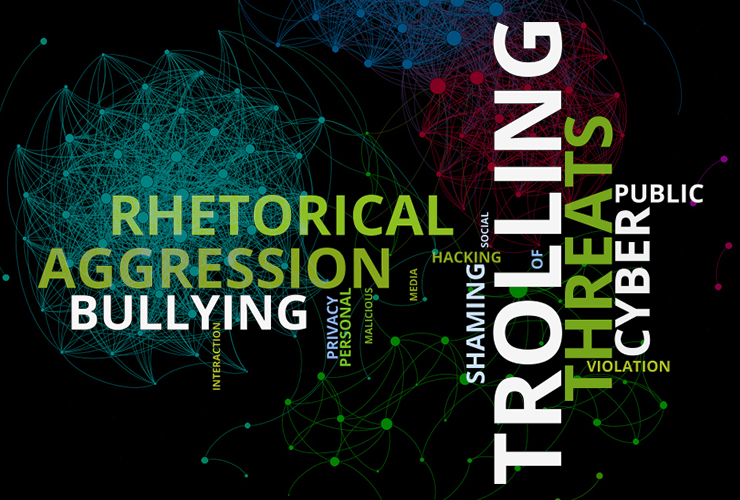Read this article in Hungarian.
The online harassment of journalists in Hungary adds a new dimension to the country’s overall state of freedom of expression, according to a new report released today by the International Press Institute (IPI).
The report presents the findings of a three-month study focused on mapping and analysing online attacks against Hungarian journalists. Journalists from nine media outlets across the ideological spectrum participated in the study through in-depth interviews and focus groups.
Based on study data, the report identifies eight basic types of harassment present in Hungary: “rhetorical aggression”, trolling, bullying, threats, public shaming, violation of personal privacy, cyber attacks and site hacking, and malicious social media activity. Trolling and rhetorical aggression are the most common forms and are experienced by journalists on a daily basis through both public and private channels. Threats and serious threats are rarer, but still occur. Women journalists receive more threats of a sexual nature, which are often explicit.
Facebook and online comment sections are the primary harassment sites, although the most aggressive abuse takes place via private channels such as email. Many journalists who participated in the study agreed that the most disturbing element of online harassment in Hungary is not necessarily the harshness or explicit nature of comments, but the frequency and overwhelming persistence of them.
In almost all cases, harassers act anonymously, using pseudonyms and/or fake accounts. There is currently insufficient information regarding the possible existence of organised harassment campaigns, although journalists maintain suspicions. In December 2016, the site Index.hu revealed the existence of a guide allegedly published by a regional branch of Hungary’s governing Fidesz party that included instructions for party followers on how to initiate a coordinated action on Facebook to support a Fidesz MP facing potential fraud charges.
The report further examines Hungarian journalists’ personal, psychological and communicational responses to online harassment, as well as their overall attitude toward the phenomenon. Journalists’ handling of incoming offensive communication varies greatly. Utter and complete rejection is one characteristic attitude towards harassment, which manifests in immediate deletion of unread messages if the sender is already known as a harasser, or in deletion of messages that appear to be offensive. When it comes to the decision of whether or not to enter into a conversation with a harasser, most journalists choose not to answer at all and adopt a position of “radio silence”.
There is also significant variation in terms of psychological reactions. The latter include self-questioning, embarrassment, fear, feelings of humiliation and anger. The main factors that determine the type of the reaction are the journalists’ level of seniority, the intensity of the harassment and the persistence of the harasser.
A significant proportion of journalists state that online harassment does not perturb them and that it “comes with the job”. Nevertheless, the report highlights the difficult personal experiences of a number of journalists in dealing with harassment.
Interestingly, the extremely intense governmental campaign surrounding the EU “migrant quota” referendum in October 2016 did not lead to a visible increase in online harassment against journalists. As a possible explanation, study participants suggested public fatigue with the refugee/migrant issue.
Based on the analysis of data, this report defines three main challenges for Hungarian online journalism due to the ubiquitous nature of online harassment. The first is a soft chilling effect, i.e., a situation in which journalists or readers choose to wall themselves off as both parties feel overwhelmed by the volume of trolling. The second is a “desensitisation effect”, which renders journalists insensitive to offensive feedback. This might be interpreted as a beneficial means of self-defence, but in the context of the public sphere, it may lower the threshold of expectations regarding inappropriate communications.
The third is the significant volume and intensity of harassment targeted at traditionally oppressed social groups, and against women in particular. The situation of Hungarian female journalists is worse compared to the overall subject group of male and female journalists. Female journalists receive more bullying, threats and offensive communication than male journalists. Moreover, a large proportion of this bullying is of a sexual nature, which poses an additional threat.
Authored by researcher Tamas Tofalvy, the study forms part of IPI’s Ontheline programme, which seeks to analyse and combat online attacks against journalists that aim or have the effect of silencing critical voices.
Read more about the programme and related research here. Journalists who are the victims of online attacks can contact IPI through our secure reporting platform. Questions about this report should be directed to Javier Luque, IPI Digital Media Coordinator at [email protected].


